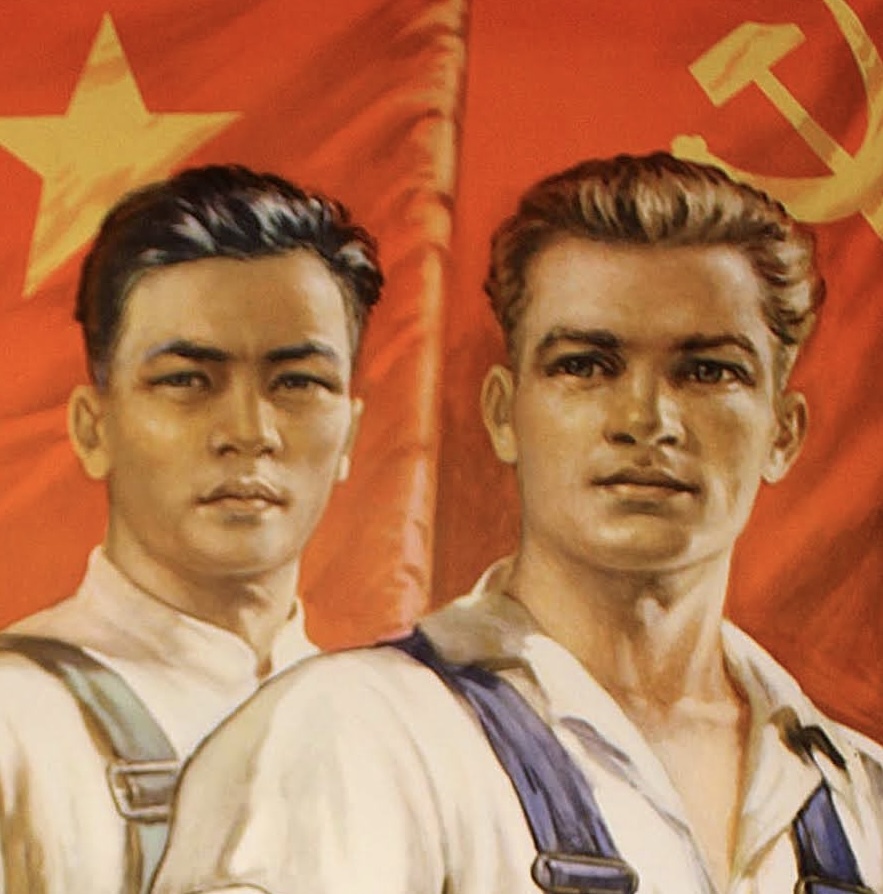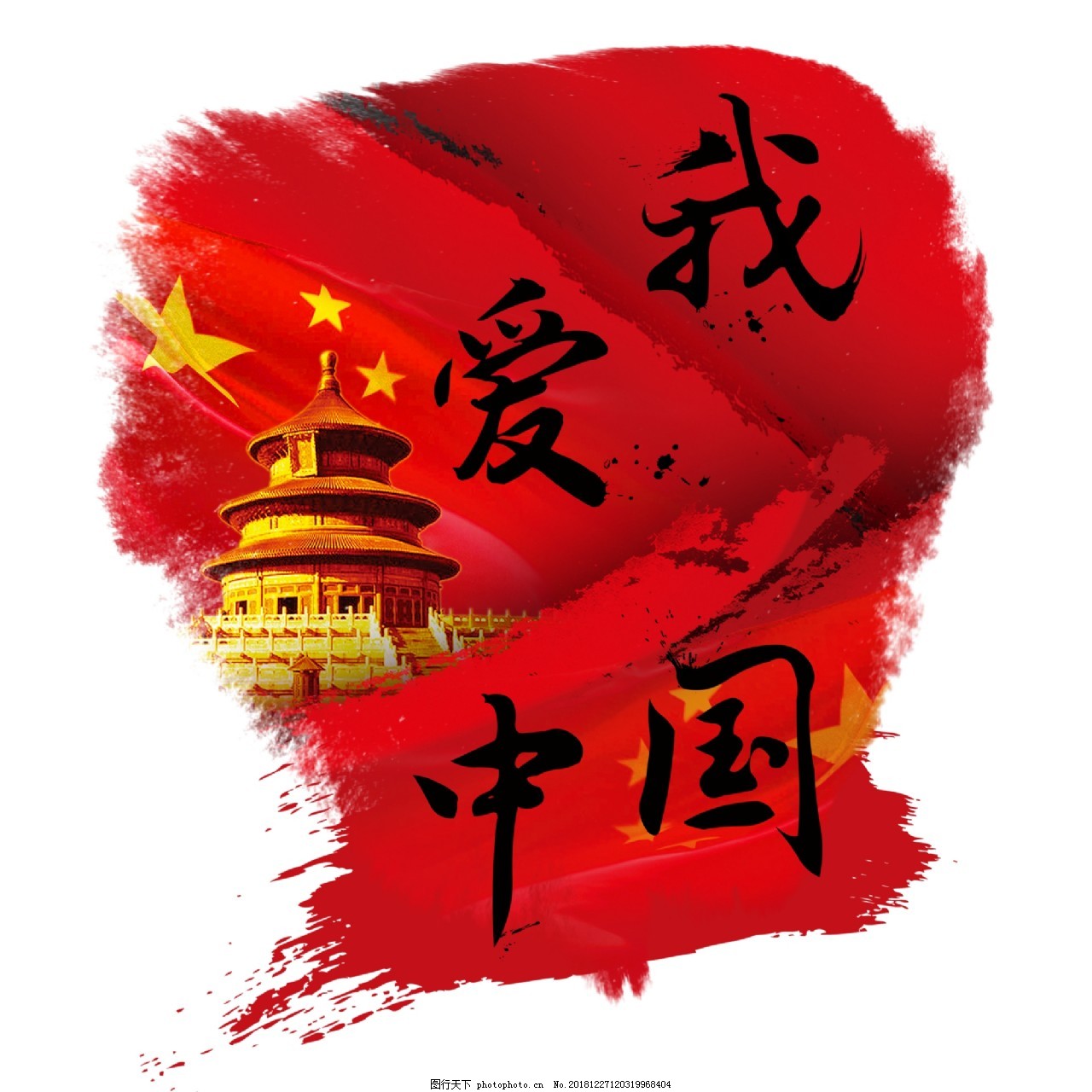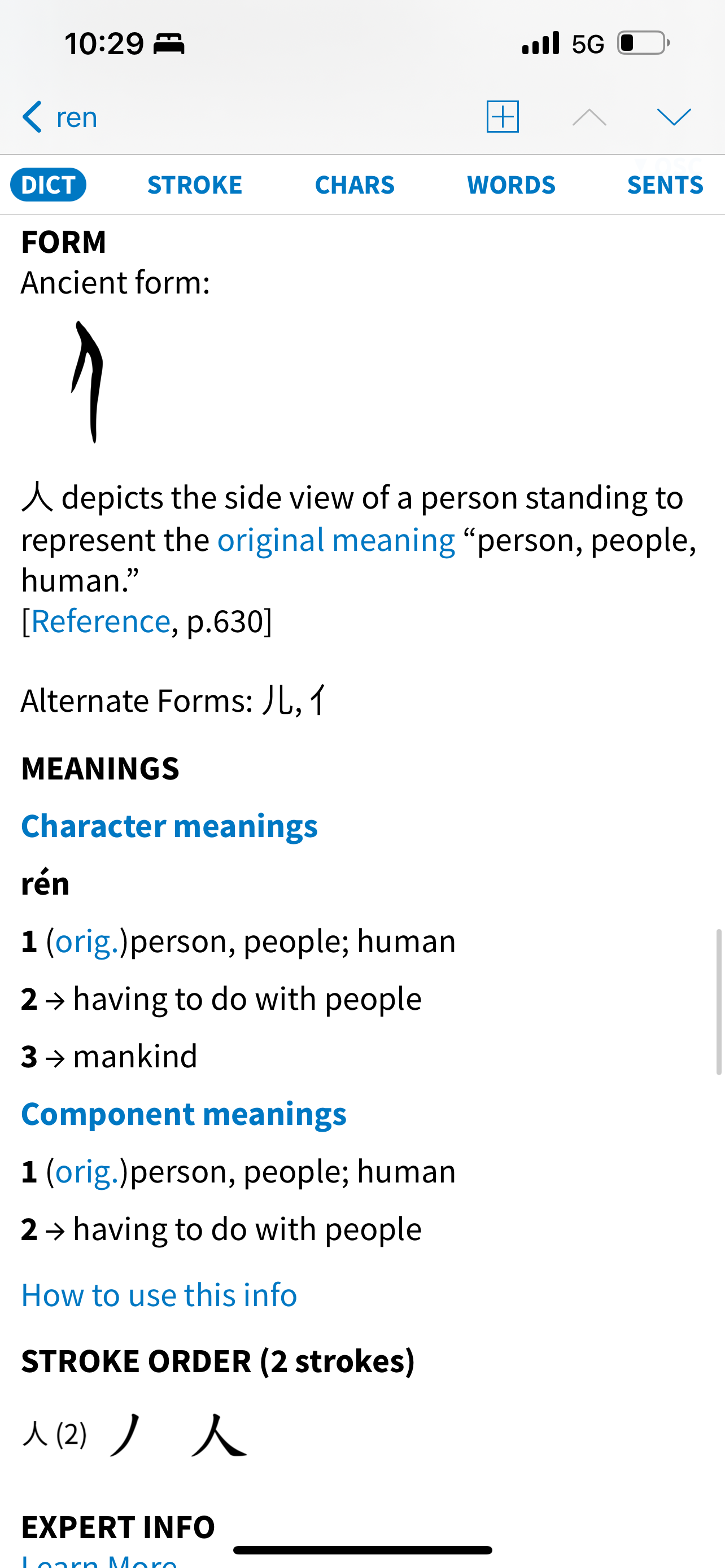I thought this community might enjoy this character origin. To me, it really empasizes the Chinese cultural understanding of dialectics (although dialectics is 辩证法). This morpheme really shines in the word 文化 (culture), emphasizing the cycle of life and death’s infuence on culture. This morpheme is used in words like 化学 (chemistry), 化妆 (to apply makeup), and 化石 (fossil). This etymology is from the Outlier Dictionary of Chinese Characters on Pleco, all credit to them. I highly recommend it as a resource for anyone interested. I can do more posts like this if the community is receptive to it. There are many, many fascinating 汉字. 大家加油!


I don’t understand how the symbols are supposed to look like people. Are they meant to be stick figures or are those the literal words for “person” and “upside-down person”?
The left side of 化 is its own character written as 人 , which is a person with their legs apart (and means “person”). Chinese characters have been simplified down over thousands of years. They originally started as pictographs or near-pictographs. You can see the development of this character here: https://en.wiktionary.org/wiki/人 .
As for the other half of the character, I’ve never seen it be referred to this way, so I have no idea about that etymology.
Oh so the left symbol is 人, but squished? It doesn’t look like a person at all but the ones from many centuries ago do.
they are stick figures. the characters have many differerent types. most are sound + meaning component pairs. this one is a logograph of 2 people, no sound component. here’s the entry for 人. the left side of 化 is the compnent form of that character
The ancient form looks like a person but 人 sure doesn’t. It reminds me of how latin letters used to be drawings too before they morphed into basic lines.
yes, all alphabetic systems are actually based on sounds loans from egyptian hieroglyphs.